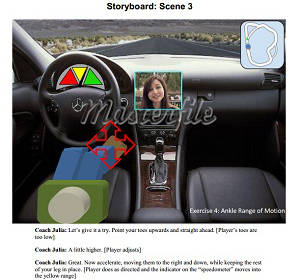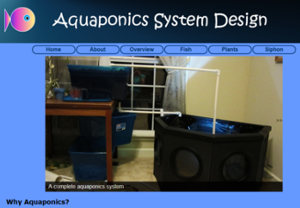Competencies
Below are the primary competencies for Learning Systems Design and Development and links to artifacts related to each competency. Most projects require more than one competency; however, I have categorized each by the skills I feel they best demonstrate.
For a list of artifacts by course and more information on viewing and interacting with the artifacts, visit About the Artifacts.
Conducting Needs Assessment and Evaluating Learning Systems
Design begins with understanding the situation, including the gap between optimal and actual performance, the causes of that need, and the often complex perspectives of those involved. Throughout the life cycle of a project, evaluations measure its ability to meet the acknowledged need, allowing for troubleshooting and re-design prior to launch.
Artifacts
Designing Learning Environments
Planning and carrying out any complex design project requires evaluating research, collaborating with project team members, creating prototypes and testing the user interface. Instructional systems, electronic performance support systems, and computer support for collaborative learning each come with their own design challenges and opportunities.
Artifacts
Developing Learning Systems/Components of Applications
Developing systems requires knowledge of design principles as well as the audience's specific needs. As technology continues to evolve, the ability to adapt quickly to new platforms and programming languages is key.
Artifacts
Systematic Evaluation
Iterative design based on user feedback allows the creation of a more usable and purposeful learning system.
Artifacts






